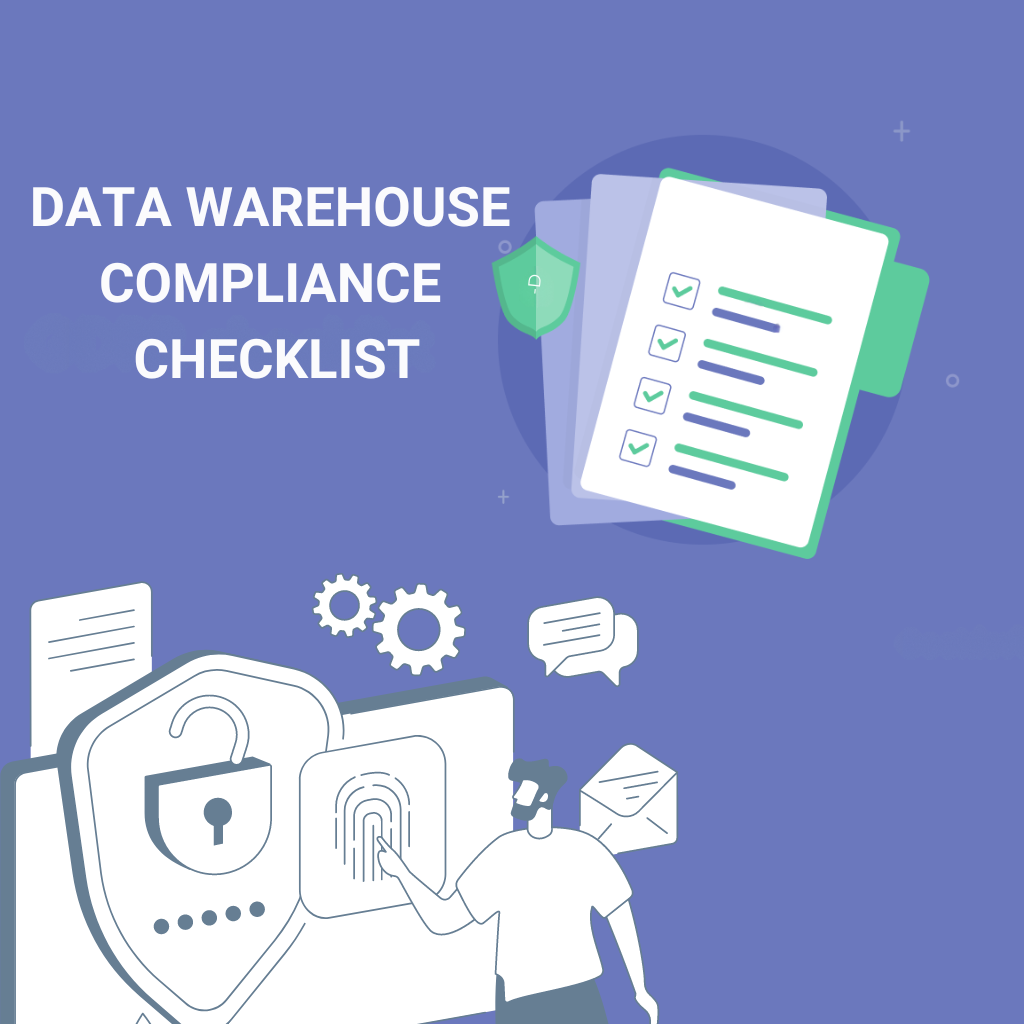
Data warehouse compliance can be daunting, especially when data protection regulations continually evolve. However, this article will provide an actionable data warehouse compliance checklist. This step-by-step guide will address critical areas such as data discovery, classification, and access control, ensuring your organization's data warehouse remains secure and compliant. With this practical guide, you can stay ahead of regulatory challenges and fortify your organization's data protection methodology.
Data Discovery and Classification: Laying the Foundation
The first step in ensuring compliance with your data warehouse is accurately discovering and classifying all sensitive data stored within the system. Automating data discovery will help you locate your sensitive information within various data stores and formats. Once identified, you must classify this data according to predefined policies. By automating this process, you eliminate manual errors, streamline data protection efforts, and maintain a detailed inventory of sensitive data:
- Perform a complete data discovery audit to identify all sensitive data in your warehouse.
- Configure your data classification engine to automatically classify sensitive information according to predefined policies.
- Stay up-to-date with the latest data protection regulations to maintain accurate classifications.
- Continuously reassess the data discovery and classification process to account for changes in data storage, privacy regulations, and business requirements.
Robust Access Control: Implementing Fine-Grained Privileges
With sensitive data duly identified and classified, you must implement and manage access controls and ensure information is restricted to authorized users. To continuously monitor data access:
- Create detailed and comprehensive data access policies and enforce them uniformly across your data warehouse.
- Implement fine-grained access controls, such as role-based access control (RBAC) or attribute-based access control (ABAC), to offer the appropriate level of access to specific users.
- Continuously monitor data access with automated alerting capabilities to detect any unauthorized access or policy violations proactively.
- Conduct regular audits of user privileges to minimize the risk of excessive access or stale credentials.
Data Security Compliance: Maintaining Regulatory Adherence
It’s no secret that non-compliance can lead to severe financial and reputational consequences. Avoid these consequences by automating key processes, such as classification, monitoring, and reporting:
- Align your data classification configurations with the specific regulations your organization is subject to, such as GDPR, CCPA, or HIPAA.
- Leverage existing policy templates for various data protection regulations or create custom policies to suit your unique compliance requirements.
- Continuously monitor and report on data access and user activities, providing the necessary documentation during audits to prove regulatory compliance.
- Review and update your data security policies regularly to account for changes in data protection laws, organizational requirements, or data warehouse configurations.
- Train employees on the importance of data protection regulations and their role in maintaining a compliant data warehouse.
Data Protection and Encryption: Safeguarding Your Data Warehouse
Protect your sensitive data assets and mitigate the risks associated with unauthorized access or data breaches:
- Implement data encryption at rest and in transit to ensure the highest level of data protection in your data warehouse.
- Ideally, you should integrate a data security posture management (DSPM) platform with your existing data loss prevention (DLP) and encryption solutions to help detect and protect sensitive data wherever it resides.
- Continuously monitor security configurations, user activities, and access controls using real-time monitoring and alerting features to identify potential threats or security gaps.
- Regularly conduct vulnerability assessments and penetration tests to identify and remediate weaknesses in your data warehouse infrastructure.
Incident Response and Remediation
Despite the best security measures, incidents or breaches may still occur. An effective incident response plan is crucial to minimize the potential impact on your data warehouse. A swift incident response and remediation plan is needed:
- Utilize automation for real-time alerts and contextual information to identify, prioritize, and investigate potential security incidents.
- Use your reporting and analytics capabilities to track the progress and effectiveness of remediation efforts during an incident, identifying opportunities for improvement and preventing future occurrences.
- Conduct thorough post-incident reviews to evaluate the effectiveness of your incident response plan and modify it where necessary, ensuring the ongoing integrity of your data warehouse.
Achieve Data Warehouse Compliance Excellence with Dasera
Ensuring data warehouse compliance is a complex responsibility. By following this step-by-step checklist, organizations can effectively and proactively address critical areas, such as data discovery, classification, access control, compliance monitoring, and incident response. As a result, you will manage and minimize potential risks and secure your data while keeping up with evolving regulations and emerging threats.
Contact us today to learn how Dasera's data security posture management (DSPM) platform can simplify the complexities of ensuring compliance and proactive data protection.









